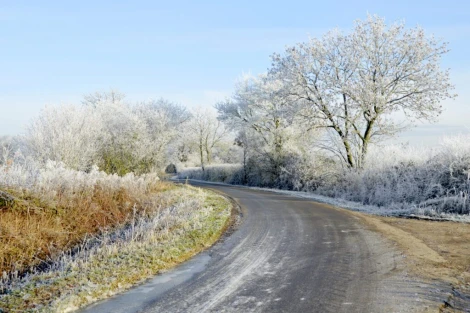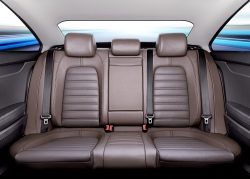
Cold winter weather has finally arrived, which means you’ll want to prep your car accordingly. Whether you’re planning to travel long distances or just your typical daily commute, cold weather can be harsh on your vehicle.
Pre-Travel Preparations
A break down is that last thing you want regardless of the weather, but the cold only makes it worse. Taking your car in for a tune up and maintaining routine upkeep may prevent a frustrating situation in which you find yourself stranded in winter weather. Specifically request that your mechanic check for worn hoses, leaks, and other issues that they might not typically seek out specifically. Battery checks are also important in winter months, which can be done at your local auto parts store free of charge. Tire tread should also be inspected so that you aren’t increasing dangers on slick or icy roadways.
It’s also important to stay current on NHTSA recalls that may affect your automobile. You can search for recalls using your VIN at https://vinrcl.safercar.gov/vin/.
Your vehicle should always be stocked with certain safety items, including an ice scraper, jumper cables, car litter in case you become stuck, blankets, water, phone charger, and other items you might need in the event of isolation.
Driveway Prep
Before leaving your driveway, there are a few preventative measures to take that are relatively simple. Make sure all ice, snow, and fog has been cleared from all windows before operating your vehicle. Ensure that all sensors and lights are clearly visible and in working condition.
If you’re traveling an unfamiliar route, plan your GPS before moving your vehicle’s transmission to drive. Distracted driving, including navigation or radio controls, is dangerous in even the best weather.
Buckle up! Seatbelts should always be used for each person in your vehicle. The appropriate restraints, according to size, should be used in all weather conditions.
During the Trip
Never rush yourself – always take your time. Speeding is extremely dangerous in winter conditions. And leave extra space between your vehicle and those ahead of you than you normally might, as stopping distances may change due to road conditions.
Fill your gas tank up more frequently than you normally would. You never know when a traffic jam or snow storm may strand you on the highway. Having enough gas may be the difference in sitting in a cold vehicle and a warm one.
Put your phone away. Again, distraction is a huge issue on roadways today. Cold weather makes driving risky enough – no need to gamble more.
Emergency Situations
Sometimes, emergencies simply cannot be avoided. If you end up stranded in your vehicle due to an accident or weather conditions this winter, remain calm. If you cannot find shelter nearby (gas station, etc.), simply remain in your vehicle and avoid overexertion. Try to mark your vehicle clearly on the outside and inside where possible. It also makes sense to run your vehicle only occasionally. And when the car is on, make sure the exhaust pipe is clear or snow and debris. You may also want to crack your windows as a secondary precaution. Run the vehicle only long enough to warm yourself, and then conserve power by shutting the engine off.
For more information about winter driving safety, visit awjlaw.com.









